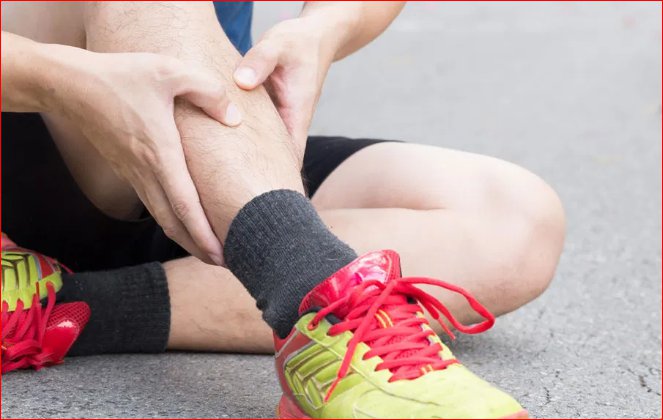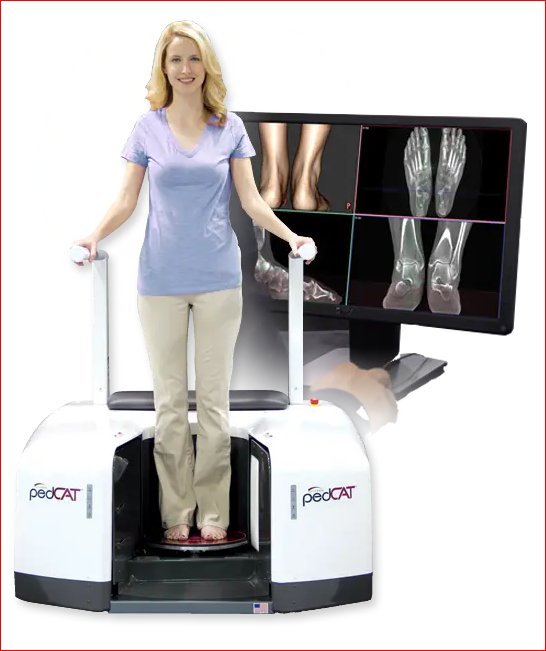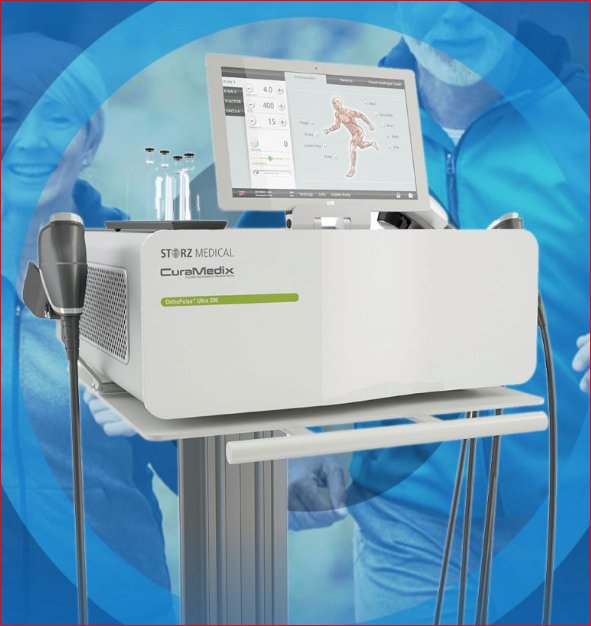
When I was in high school shin splints were the bane of my existence in the gymnastics gym and the track. I just couldn’t shake them. Little did I know that they were probably caused by a combination of bad equipment and my own bad biomechanics? It wouldn’t be until much later in my sporting and medical career that I would realize what was causing my shin pain.
My first experience with shin splints came while running track. A dull aching pain along the medial lower leg that initially started to bother me toward the end of my runs, eventually the shin pain made it nearly impossible to even start running. On some days, I could barely walk through school. “Shin splints” is not really a technical medical term. It generally refers to pain at the middle to distal 1/3rd of the shin on the inner (medial) part of the leg (tibia). The pain can be from a number of overlapping or distinct diagnoses including stress fractures, exertional compartment syndrome, muscle injuries, or tendinitis. In general, shin splints are typically the chronic condition called medial tibial stress syndrome (MTSS).
MTSS involves a complex interplay of muscular and biomechanical imbalances that leads to strain on the medial soleus fascia on through the lining (periosteum) of the tibia inserting into the bone. Just like a stress fracture, MTSS can occur from the “terrible too’s”: too much, too soon, and too often. Rapidly ramping up mileage, moving from a cushioned to a hard surface, increasing speed, and increasing training volume can all lead to MTSS. Foot shape, muscle weakness, overly tight musculature, and low bone density can further increase your risk.

As a gymnast I was doomed to get shin splints from tumbling barefoot on an excessively hard tumbling floor. Without cushioning, all of the stress on your foot is translated into stress on your shin, tendons, and muscles. Add to this a foot that has a tendency to over-pronate (excessively flatten) and your risk of shin splints increases. The combination of a hard surface, lack of cushioning, and lack of arch support is the most common cause of shin splints.
When afflicted with MTSS it is important to take a step back from your training and determine if you are stuck in the terrible too’s. You may need to take some relative rest with cross-training (i.e. swim, bike, yoga, weights) until your pain with every day walking subsides. We can all use a little work on our core, flexibility, and balance.
Next, you need to evaluate your running shoes. I always recommend visiting a specialty shoe store that can help you find the best running shoe for your running style and foot type. If you are dealing with MTSS, I would focus on a stability shoe with good support and cushioning. You could always add an over-the-counter or custom orthotic for a little extra arch support and heel cushion.

I always recommend trying the “two finger test” to find a supportive running shoe. Pick up the shoe with 2 fingers on the toe and 2 fingers on the heel and try to bend the shoe in half. If you can’t bend it, that’s what I call a supportive running shoe.
Finally, you may want to consider visiting your local orthopaedic surgeon fellowship trained in foot and ankle surgery like me. Have an evaluation for muscle weakness, stiffness, loose ligaments, flatfoot, and rule out stress fractures. Weight-bearing X-rays and the PedCAT weight-bearing CT scanner can help in not only ruling out fractures, but also by providing a better picture of your arch type.
We can prescribe custom orthotics, night splints for calf stretching, and recommend evaluation by a sports oriented physical therapist. Physical therapy with gastrocnemius stretching, eccentric strengthening, massage, and physical modalities can work wonders for this condition.
Another great option for shin splints is our EPAT Therapy. Extracorporeal Pulse Activation Technology (“EPAT”), also known as Shockwave is the most advanced and highly effective non-invasive treatment method cleared by the FDA. This technology uses acoustic pressure waves for healing musculoskeletal pain. The pressure waves work by:
- Stimulating cell turnover
- Improving blood circulation
- Breakdown adhesions and scar tissue
- Accelerate healing
Evidence suggests this is an excellent way to heal shin splints, plantar fasciitis, stress fractures, and chronic tendon problems. EPAT harnesses the body’s own potential to help injured tissue regenerate in areas that have poor blood flow, tissue damage, overuse or weakness.
